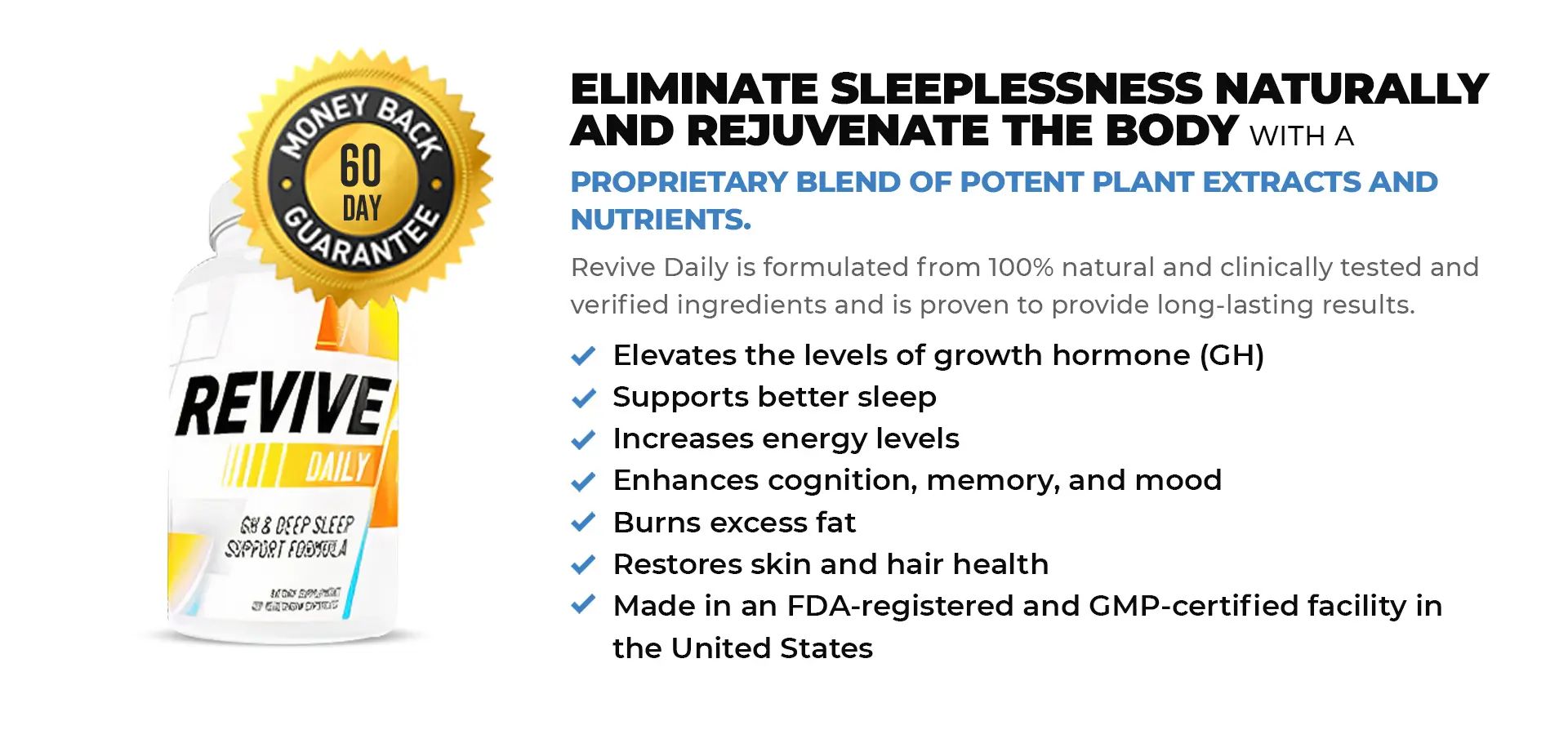Shop smart for a healthy lifestyle
A big part of enjoying healthier eating is buying healthier foods, and that means making smart choices where it matters most – at the supermarket. Choosing the freshest, healthiest foods is an important first step toward making healthy and delicious meals your whole family will love.
In general, most supermarkets are laid out with the healthiest, most nutritious foods around the perimeter of the store. That is where most stores locate their produce section, their dairy section, their meat counter, and the like. Of course, the middle aisles of the grocery store also contain nutritious foods, such as canned and frozen vegetables, whole grain cereals, and more.
And of course, each shelf of the grocery store also contains both good and bad choices for healthy eating. For instance, the cereal aisle is home to both healthy, home grain cereal and those cereals that contain more sugar than corn. In many cases, the difference will be obvious from the packaging, while at other times you will need to read the nutritional information carefully to ensure the food is healthy for your family.
Nutritional Labels
As a matter of fact, learning to read nutritional labels is one of the most important skills any health-oriented shopper must learn. These government-mandated labels contain a wealth of information if you know what to look for. Not only do nutritional labels contain vital information on calorie counts, fat grams, and sodium content, but they contain detailed information on the percentage of each vitamin and mineral a serving contains.
When looking at nutritional labels, however, pay careful attention to the portion size listed. This is particularly important when looking at calories, fat grams, and the amount of sodium. For instance, a serving of juice is generally 8 ounces, while the average juice glass at your home maybe 12 or even 16 ounces. It is important to carefully look at the serving size and to do the mental calculation necessary to reflect how much of each product will actually be consumed in one sitting.
When shopping for healthy foods, it is usually better to opt for less processed foods. For instance, 100% fruit juice would be better than a fruit juice blend that may contain as little as 5% or 10% fruit juice. And plain frozen vegetables would be healthier than vegetables in a butter sauce. When shopping for meat, try to buy fresh meat whenever possible. Frozen meat products, or those already seasoned, heat-and-eat products, often contain unhealthy ingredients as well as preservatives.
When it comes to dairy products, it is best to buy low-fat and non-fat varieties when at all possible. The one exception to this rule is feeding babies and young children. Their growing bodies need the fat and calories contained in whole milk products, but adults and older children are better served by low-fat alternatives.
When choosing canned soups, there are a number of fat-free and low-sodium varieties. Try to choose these soups for a healthier lifestyle. Other high-protein, low-calorie soup choices include black bean soup, lentil soup, and split pea soup. These healthy soups are good sources of protein, fiber, and folate.
Ethnic foods, such as Mexican and Chinese, can be excellent sources of healthy meals, and the traditional ways of preparing such foods are generally very healthy. It is important to stay as authentic as possible when choosing and preparing Mexican, Asian, Middle Eastern, and Italian food. This will help guarantee both great taste and healthy eating. For instance, traditional salsa is an excellent, low-calorie, and nutritious dip and the traditional Mexican black bean dip is usually fat-free.
Seasonings can be an excellent way to spice up healthy cooking without adding additional fat and calories. Herbs and spices are a great way to add zest to any meal, and starting an herb garden of your own is a great way to save both time and money while providing fresh-tasting, healthy meals for your family. When buying spices in the grocery store, be especially careful about sodium content. Read the label carefully, since the first ingredient on many bottled spices is actually salt (another great reason to start that herb garden).
DISCLAIMER:
This information is not presented by a medical practitioner and is for educational and informational purposes only. The content is not intended to be a substitute for professional medical advice, diagnosis, or treatment. Always seek the advice of your physician or other qualified healthcare providers with any questions you may have regarding a medical condition. Never disregard professional medical advice or delay in seeking it because of something you have read.
Since natural and/or dietary supplements are not FDA-approved they must be accompanied by a two-part disclaimer on the product label: that the statement has not been evaluated by FDA and that the product is not intended to “diagnose, treat, cure or prevent any disease.”





